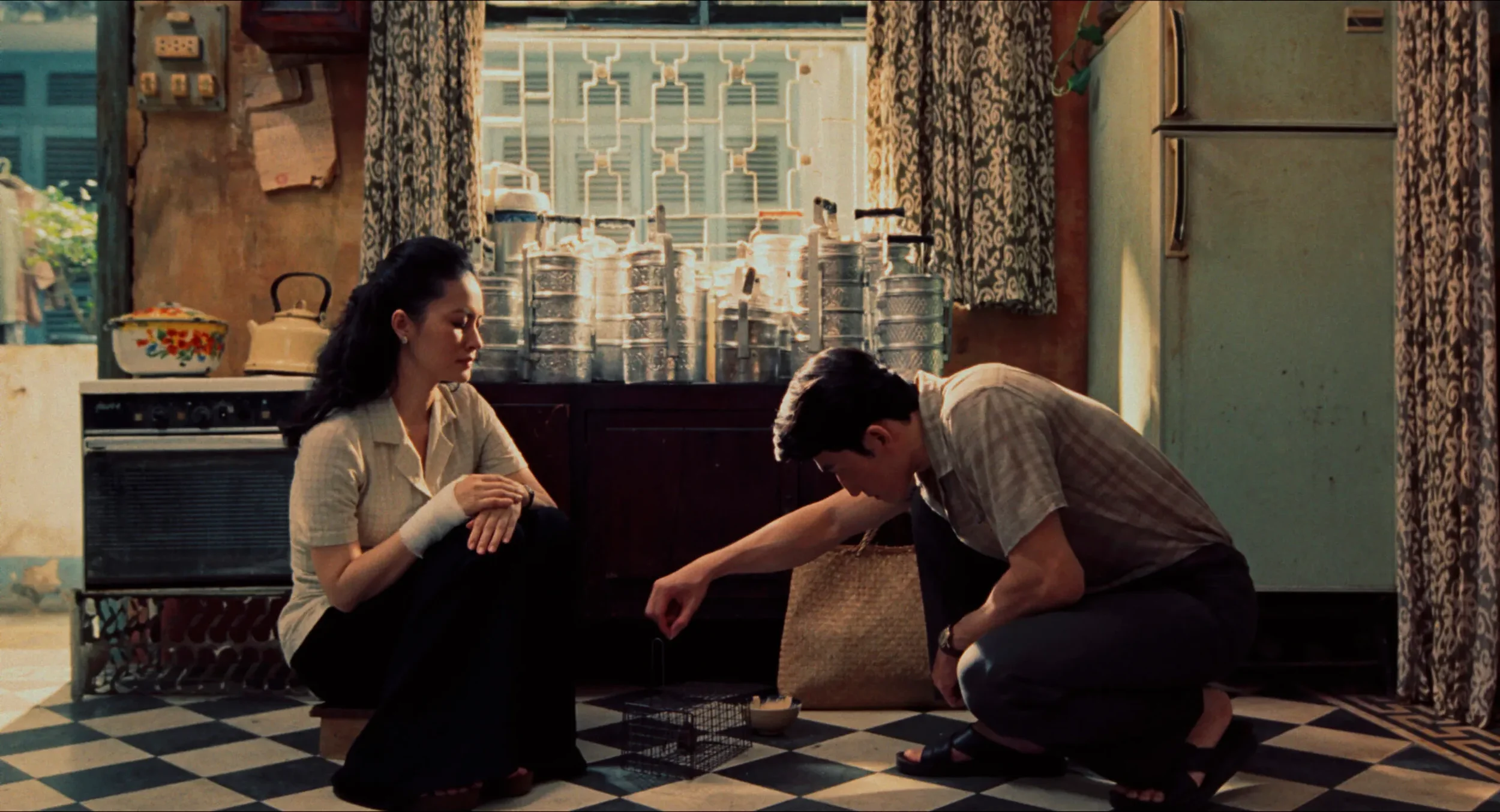'Dune: Part Two' REVIEW: Unearth this sci-fi spectacle in ambitious cinematic sequel
‘Dune: Part Two’ REVIEW: Unearth the sci-fi spectacle in ambitious cinematic sequel
Timothée Chalamet as Paul Atreides. Screenshot from Dune: Part Two Official Trailer 3.
We’re nearly three months in and there’s already a strong Oscar contender for 2025 in Dune: Part Two. A continuation of the sci-fi epic from Denis Villeneuve (Arrival, Blade Runner 2049), Dune: Part Two continues where the first part left off, expanding the vast universe from the mind of Frank Herbert onto a cinematic scale.
For starters, it’s a glorious achievement to have 2021’s Dune be regarded as one of the best sci-fi films of the decade despite being released in an unprecedented time amidst the pandemic yet overcoming heightened expectations. Attempts for an early adaptation of the 1965 science fiction novel were made as early as the 1970s, notably by Chilean-French cult filmmaker, Alejandro Jodorowsky, which would later be known as one of the greatest films never made.
The film would’ve featured Spanish surrealist artist Salvador Dalí as Emperor Shaddam IV, Mick Jagger as Feyd-Rautha, Orson Welles as Baron Vladimir Harkonnen, the music of rock bands Pink Floyd and Magma, the set and character designs of artists H. R. Giger (Alien) and Jean “Mœbius” Giraud (Silver Surfer: Parable). However, the unreleased project would later inspire films such as Ridley Scott’s Alien and Blade Runner, Flash Gordon, and the Star Wars films.
American auteur David Lynch would lend his artistic efforts with 1984’s Dune, starring Kyle MacLachlan as Paul Atreides, which is an adaptation that would be critically and commercially panned. It suffered the unfortunate fate of cramming the source material in a measly 137 minutes, which wouldn’t be enough to bring the massive mythos to the big screen.
Paul Atreides and Chani (Zendaya). Screenshot from Dune: Part Two Official Trailer 3.
Fortunately, Villeneuve was given the luxury to create a modern masterpiece into two films, allowing his artistic vision to be realized with care and passion for the source material. Granted, Dune: Part Two exemplifies what a modern blockbuster should be, adding a monumental addition to the reason why films are best experienced at cinemas. The rich sound design captures the suspenseful entrances of the mighty sandworms, allowing for scenes of sandworm riding and fighting to be majestic sights
It’s also worth noting that the Filipino martial art, arnis or kali, is showcased in hard-hitting fight sequences that show the dedication and passion of the actors to thestunt choreography.
On the other hand, the film may not be able to maximize the screen time for the characters with such a mighty ensemble. However, characters such as Stilgar (Javier Bardem), leader of a Fremen tribe, steal the show in almost every scene he is in. Villeneuve knows when to make way for humor to come in, not making the character the butt of the joke. Newcomers Florence Pugh and Christopher Walken, who play Princess Irulan and Emperor Shaddam IV respectively, offer a different perspective in the grander scheme of things, far from the rumbling chaos in Arrakis.
Austin Butler as Feyd-Rautha Harkkonen. Screenshot from Dune: Part Two Official Trailer 3.
Coming off the heels of his Oscar-nominated performance in 2022’s Elvis, Austin Butler plays the cunning and fierce Feyd-Rautha Harkkonen, nephew of Baron Vladimir Harkonnen (Stellan Skarsgård). The film craftily showcases his menace and visual terror, notably in the gladiator scene, which gives a contrast to the type of strength and might Paul Atreides possesses, who is slowly making his way for his ascendancy as the messiah, in preparation for the impending holy war.
To put it plainly, Dune: Part Two is epic in scale, making use of its runtime to capture even simple moments of sand walking. Villeneuve expressed in an interview that “the art of cinema is about showing, not telling,” standing by his visual language of having less dialogue where the scene calls for an experience of what we are seeing, rather than being spoon fed with how we are supposed to feel.
The film becomes a breathtaking experience when factors such as the sound design, cinematography, musical score, editing, and the performances all heighten each other. We’re rewarded with a full course meal, and there’s even more to come.
Paul Atreides from a distance. Screenshot from Dune: Part Two Official Trailer 3.
With a surprise character making a cameo yet to be further explored, an adaptation of Dune Messiah is on the horizon. The two Dune films may have succumbed to the Hollywood trope of tentpole films always setting up potential future installments, but this time around, it feels rightfully earned and necessary. There are more worlds and stories to be explored, more characters written by Frank Herbert to be awakened, and more contributions to the science fiction genre in film yet to be unleashed.
Catch Dune: Part Two and let the spice flow in Philippine cinemas nationwide.

















